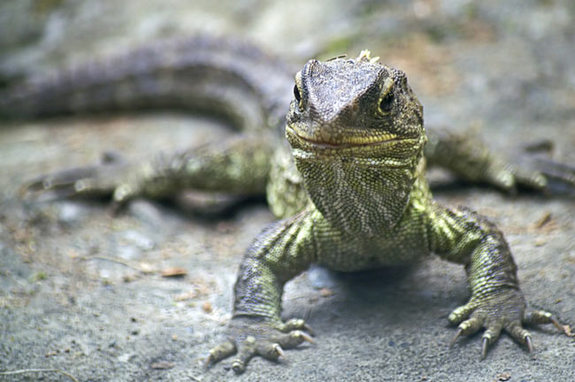Why Beetle Species Outnumber Tuataras

The tree of life does not branch evenly.
"Some groups, like beetles and flowering plants, contain nearly incomprehensible species diversity, but the overwhelming majority of groups contain far fewer species," writes a team of researchers online Tuesday (Aug. 29) in the journal PLoS Biology.
Groups such as tuataras, which are reptiles that live on New Zealand islands, have few species.
Scientists have blamed time for this discrepancy.
According to this theory: "All things being equal, older clades (groups) will have had more time for diversity to accumulate than younger clades," writes the team, led by Daniel Rabosky of the University of Michigan, Ann Arbor.
To test this theory, they looked at the relationship between age and species richness across 1,397 major clades of plants, animals and fungi. Collectively, these groups account for more than 1.2 million species.
The theory did not stand up, they said.
Get the world’s most fascinating discoveries delivered straight to your inbox.
"When we look across the tree of life, the age of the group tells us almost nothing about how many species we would expect to find. In most groups, it tells us nothing," said study researcher Michael Alfaro, of the University of California, Los Angeles (UCLA), in a statement.
As an alternative, Alfaro proposes the number of species that can emerge is limited by a particular "adaptive zone." So, the lineage of beetles, sharks or gingkoes each has a limit on how much they can diversify based on the competition they face and what they need to live.
When organisms emerge that can take advantage of a new adaptive zone, they will continue to diversify into new species until that zone has reached capacity, Alfaro said in a statement. "What's really driving things is how many times lineages evolve new innovations that move them into new adaptive zones."
Graham Slater, a National Science Foundation–funded postdoctoral researcher at UCLA, also contributed to the study.
Follow Wynne Parry on Twitter @Wynne_Parry or LiveScience @livescience. We're also on Facebook & Google+.



